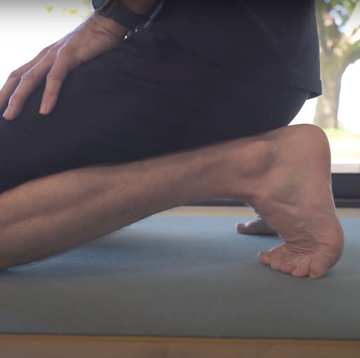4 In running, as in life, a strong back helps keep you injury-free, says back-pain expert
Resting heart rate.

'In running, as in life, a strong back helps keep you injury-free,' says back-pain expert Nichola Adams. 'Runners need a strong back even more because of all the extra pressures and stresses running exerts on the body. Yet I’m often asked, “Is running bad for the back?”
'Studies show the reverse is true. Movement helps keep muscles, bones and backs stronger. A sturdy back helps keep niggles and flare-ups at bay by encouraging good posture. And when you run, maintaining a stabilised spine and pelvis is key.
‘Your back helps evenly distribute those extra pressures throughout your body, keeping your stride equal and increasing your running efficiency,’ says Adams. 'The upright running posture it gives you lets you recruit your glutes, lessen pressures on your lower back, knees, legs and hamstrings, and reduces injury risk. And, yes, the reverse is also true: a weak back places all those danger areas in jeopardy.
Read next: The complete guide to stretching for runners
To target the key muscles to keep your back strong and stable, try these four back stretches, designed by Adams. Nichola Adams is the founder of Inspired Ergonomics and one of the UK’s leading back-pain experts.
Watch Next


Why should runners focus on dorsiflexion?

What is overpronation?

In running, as in life, a strong back helps keep you injury-free, says back-pain expert?

Best winter running gear











